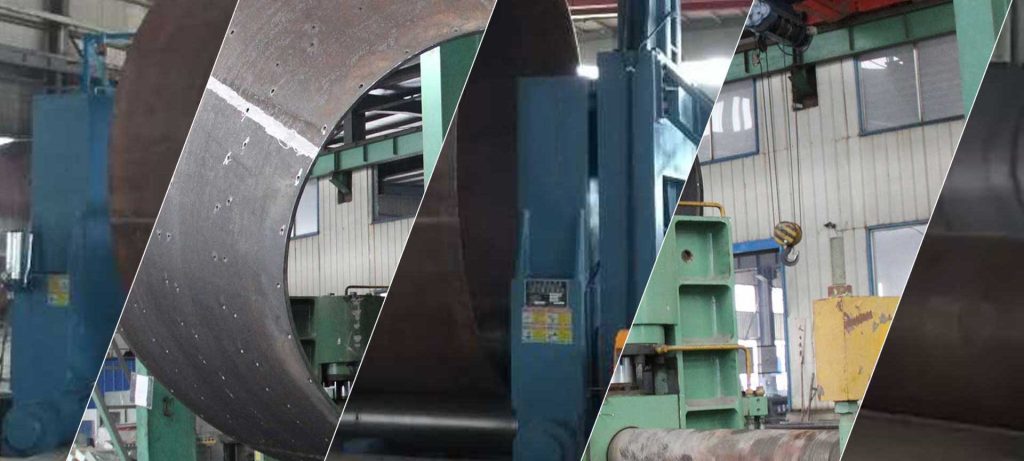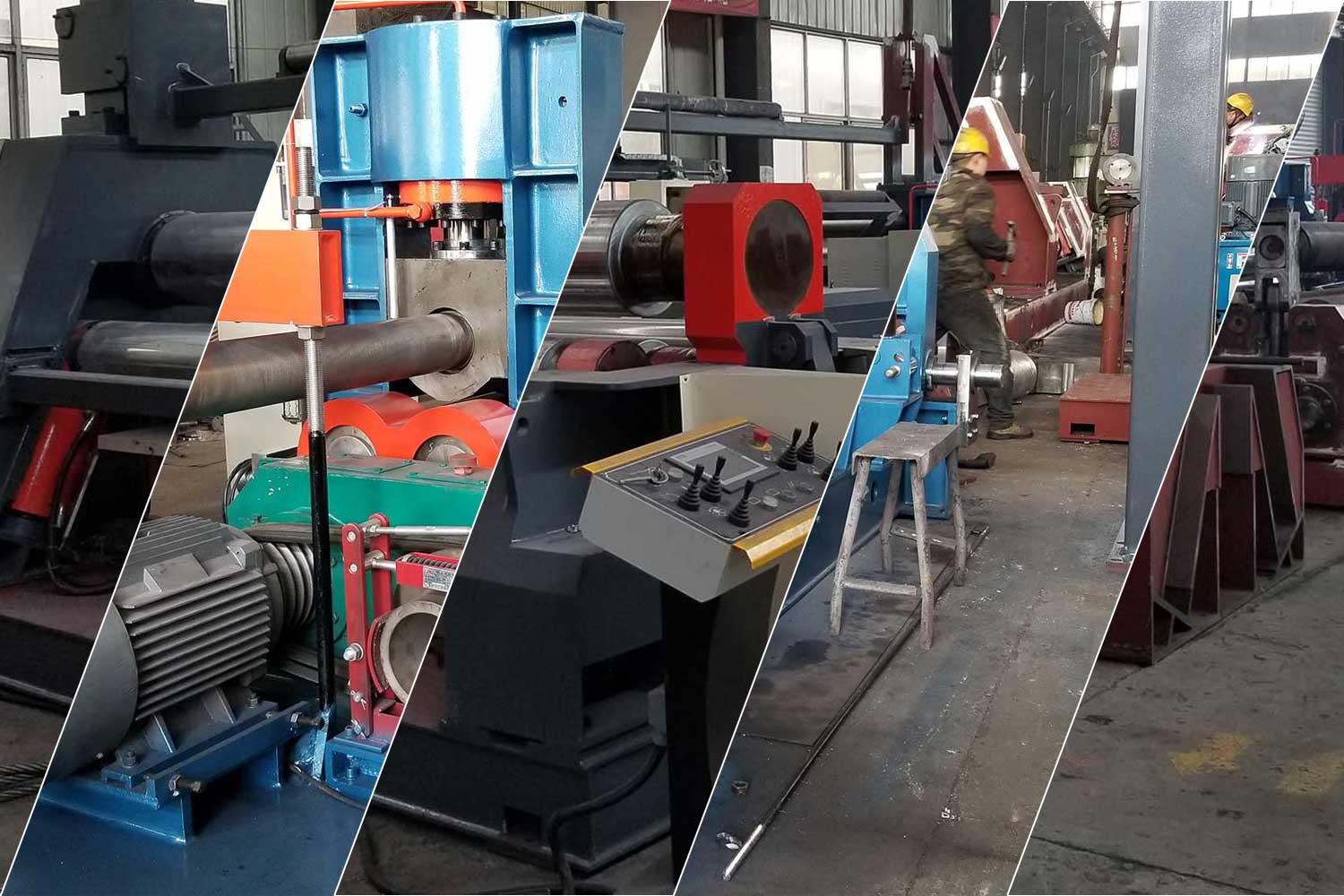The cold bending process can bend metal sheets, tubes, and profiles into workpieces with a certain curvature, shape, and size without using any additional heat
What is cold bending?

Cold bending is a forming process that bends metal sheets, plates, tubes, and profiles into workpieces with a certain curvature, shape, and size without using any additional heat, which distinguishes the process from hot bending and is called cold bending.
Principle
When the material is cold-formed, the stress state of each part in the deformation zone is different. The non-deformed part in the middle of the cross-section is called the neutral layer. The metal other than the neutral layer is subjected to tensile stress, resulting in elongation deformation. The metal within the neutral layer is subjected to compressive stress, resulting in compressive deformation.
Springback
Since the stress and strain directions of the metals on both sides of the neutral layer are opposite, when the load is removed, the elastic deformation recovery directions of the metals on both sides of the neutral layer are opposite, causing different degrees of spring back. Although the bending deformation is limited to a local area of the material, the rebound effect affects the accuracy of the bending part. There are many influencing factors of spring back, and these factors are difficult to control. The precision problem of bending parts caused by spring-back has always been the key to bending forming production.
Cold Bending VS Hot Bending
- Hardness: Due to the work hardening of the metal during cold bending, the metal pipe after cold bending is much harder than the metal pipe after hot bending, but cold bending will not destroy the original properties of the metal.
- Appearance: No need to clean and remove scale after cold bending and no thermal deformation will occur.
- Energy consumption: Compared with hot bending, cold bending consumes more bending power, and the spring back and residual stress increase significantly. Moreover, cold bending cannot bend sharp turns with a small radius of curvature.
Advantages of hot bending over cold bending
Hot bending has the incomparable adaptability of cold bending. E.g:
- The straight line distance between two adjacent elbows on a pipe can be kept very small, and even continuous bending can be performed without leaving the interval between straight pipe sections;
- It can process materials with poor cold ductility into elbows;
- It can process elbows that require large mechanical energy during cold bending and can bend brittle materials that are easily broken during cold bending.
- Hot bends can be made into small radius bends on pipes.
- For carbon steel pipes and most alloy steel pipes, the bending radius of hot bending is much smaller than that of cold bending, and the bending radius can be as small as 0.7 to 1.5 times the outer diameter of the pipe.
Disadvantages of hot bending relative to cold bending
Complex equipment, high processing costs, low production efficiency, and poor surface finish. For copper tubes, the cold bending process is used, which eliminates the possibility of “hydrogen disease” due to the elimination of high-temperature heating.
5 Cases Not Using Cold Bending
All kinds of pipes should be cold-bent as far as possible, and hot-bending is allowed only in the following cases.
- The bending radius of the pipe is smaller than the bending radius specified for cold bending, or smaller than the bending radius of the existing mold.
- If the shape of the pipe is complex or there is no straight pipe section between the elbows, it cannot be fastened on the pipe bender.
- If the pipe wall is too thin, it is easy to produce large sags and wrinkles after cold bending.
- With the larger diameter or less commonly used pipes, there is no such mold at present.
- When the tube wall is too thick to be cold-formed.
